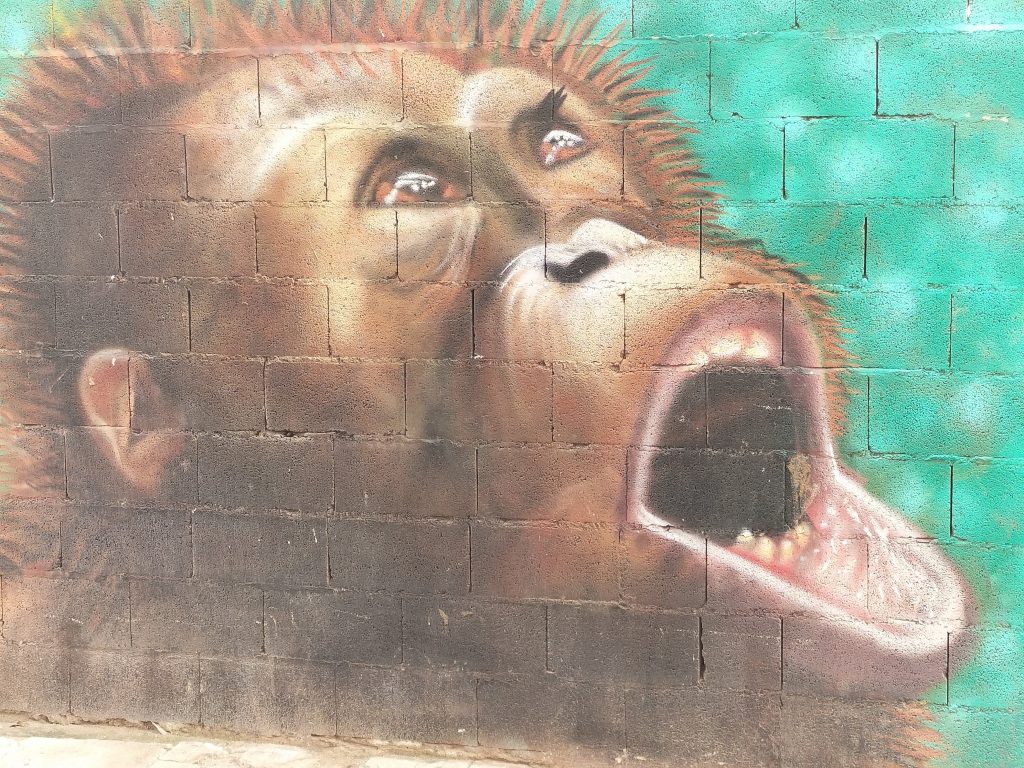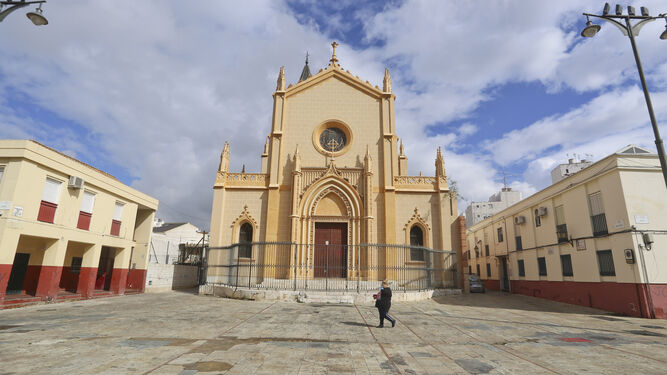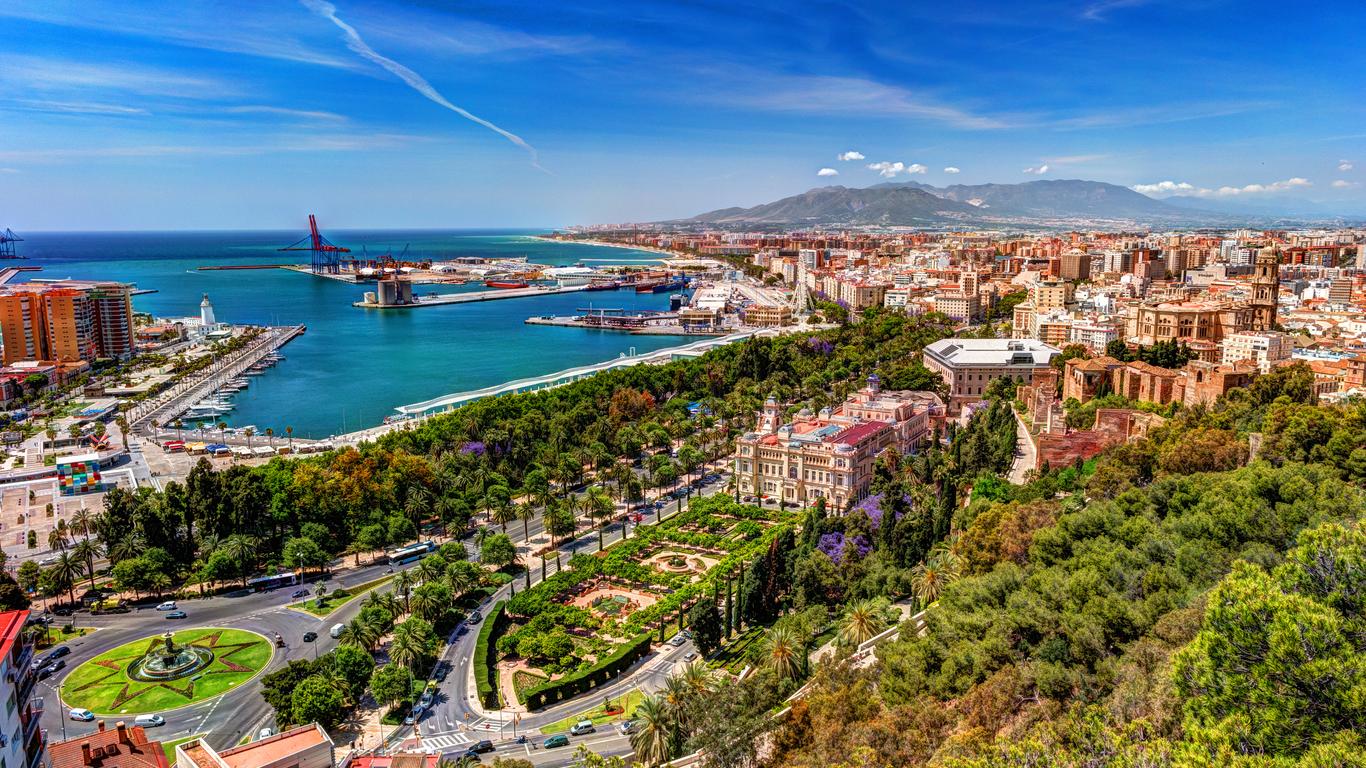Malaga city has undergone a number of changes in the last 80 years, but the centre’s renaissance has really got underway in the last 20 years. And the rebirth continues with three key areas the focus for further development projects.
The wonders of Málaga have become more apparent in recent years following significant investment. As a result, the city has become a place to visit, work, invest and live in, rather than just the name of an airport.
Over the past two decades, numerous developments have occurred, such as the Alcazaba tunnel in 2000, the pedestrianisation of Calle Alcazabilla starting in 2001, and Calle Larios in 2002.
The renovation of the Soho district driven by local initiatives began in 2010, and the partial pedestrianisation of the Alameda and its connection to the metro took place even more recently.
Not everything has been prefect. The construction of the Málaga Palacio hotel in front of the Cathedral and the demolition of the Coracha neighborhood are criticised as urban planning mistakes. However, Málaga’s centre is now an attractive spot for tourism, commerce, and business.
Nevertheless, an important challenge remains: balancing this attraction with residents’ right to a good quality of life and preserving the unique charm that makes the city special.
«The Málaga City Council started a transformation process over 20 years ago, focusing primarily on pedestrianizing certain streets to create more space for citizens,» highlights Málaga’s mayor, Francisco de la Torre. He emphasises the municipal investment and the attraction of European funds to finance these urban changes.
What does the future hold for Málaga city centre?
The centre of Málaga will soon become a Low Emission Zone (ZBE) mandated by the Climate Change Law.
In the ongoing development of Málaga’s District 1, three key areas are emerging as new expansion zones for the centre. These three development hubs are Lagunillas, La Trinidad, and El Perchel.
Lagunillas
The Lagunillas neighbourhood, located just behind Plaza de la Merced, is characterised by a burst of artistic and cultural activity driven by local associations and residents.

However, this neighbourhood also suffers from neglect and a lack of development. This in part was due to the failed «tecnocasas» project, where the Junta de Andalucia and the Málaga City Council planned to expropriate unused plots and dilapidated buildings to construct affordable housing for young people and workers from the Technology Park. This project never came to fruition and was officially abandoned a couple of years ago.
The intention of both administrations is to reactivate these plots for housing construction. The first project will be developed by Lagoom Living, which will build 84 one- and two-bedroom apartments as subsidised housing (formerly known as VPO) for rent.
Additionally, the Urban Planning Department is promoting an urban renewal and partial pedestrianisation project for Calle Lagunillas up to the Jardín de los Monos. This project includes traffic limitation with a 20 km/h lane, pavement expansion, installation of street furniture and children’s play areas, and pedestrianisation of the final section of Calle Lagunillas to its connection with Plaza de la Victoria.
La Trinidad and El Perchel
La Trinidad residents have worked hard to promote the neighbourhood’s traditions and unique character, preserving and reviving symbols that continue to make the neighbourhood distinctive. Street art, exhibitions, workshops, and famous guided tours of the remaining corralones are just some of the activities on offer.
One of the key areas in La Trinidad awaiting significant changes is Plaza de San Pablo. A long-projected underground parking facility with 300 spaces is planned – this will help alleviate the centre’s shortage of parking spaces. Also, three currently unused plots are set for redevelopment for affordable housing and a new ‘casa hermandad’ for the San Pablo Church.

A further 200 houses are scheduled for construction for locals.
Elevating Malaga’s appeal
The slated projects will see Malaga continue her renaissance, reinvigorating areas of the city centre, whilst maintaining accommodation for local residents.
This also offers investors the chance to become part of the elevation of Malaga’s districts, bringing old buildings back to life, retaining their charm whilst making them viable business such as offices, hotels and shops.
The future is looking bright for Malaga.
If you’re interested in off-market investment opportunities in Malaga centre, please contact us.
